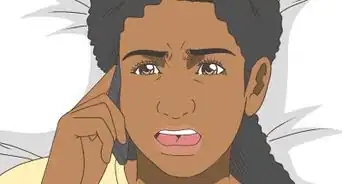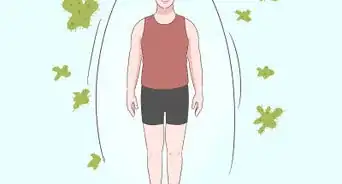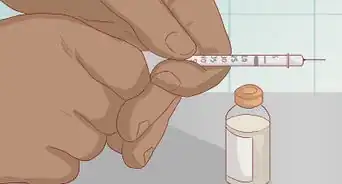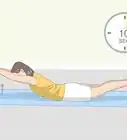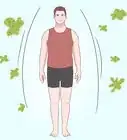This article is based on an expert interview with David Schechter, MD, conducted by wikiHow Staff Editors. Dr. David Schechter is a physician in Culver City, California. With over 25 years of experience as a family and sports medicine physician, Dr. Schechter specializes in mind-body medicine, preventive medicine, and chronic pain. Dr. Schechter received his MD from New York University and is an attending physician at Cedars-Sinai Medical Center. He was named a Top Doctor by Los Angeles Magazine and Men's Health Magazine. He has also written several books, including The MindBody Workbook.
This article has been viewed 1,466 times.
Pain and injury later in life can actually be traced back to your daily habits when you’re younger. Avoiding certain mistakes now can help set you up for a more pain-free future. In this video, family medicine practitioner David Schechter breaks down some everyday mistakes that can lead to pain and offers tips on how you can avoid them.
Key Takeaways
- It’s important to stay active no matter what your age is.
- Walking, running, swimming, and biking can all help you stay in shape and keep your body moving.
- Do strength-training exercises too. You can use elastic bands, free weights, or just body resistance.
Video Transcript
It's very important to stay fit your entire life. Stay active, keep moving—I don't care if you're 7 or 70. A lot of us sit a lot. We sit in our professions, we sit in our hobbies, we sit at the computer, we sit on zoom. So getting moving is extremely important. Walking is great at all ages. Brisk walking is great if you're younger and active. Running is fantastic. Biking. Swimming. Combine that with a little bit of strength training, which you can do with elastic bands, free weights, or just body resistance (like push-ups and pull-ups). Then if you combine all of that with stretching, you’ll keep that flexibility. Work on your hamstrings, which tend to tighten. Work on your low back. Keep your shoulders limber. Keep your ankles and feet limber. If you work on all of these things, you're more likely to be active into your 60s, 70s, 80s, and 90s, and you're less likely to have to see me for injuries.


